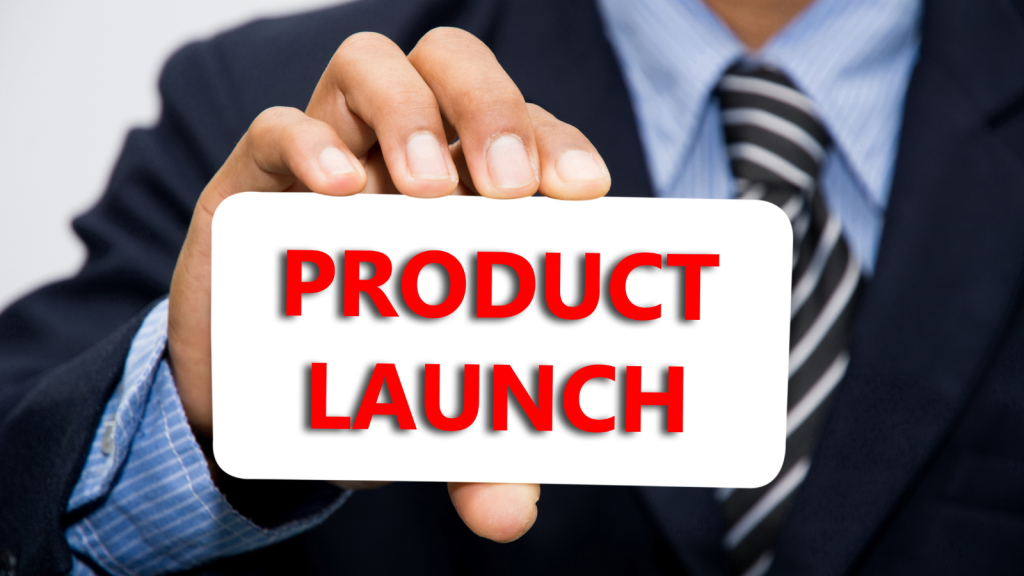Launching a new product is like throwing a grand party—you want the right people to show up, get excited, and spread the word. But how do you make sure your invite (a.k.a. your email) doesn’t get lost in the noise? Email marketing remains one of the most powerful tools for product launches, yet many brands miss out on leveraging its full potential.
Today, I’m going to let you in on some untold tips and tricks that can take your email marketing strategy from standard to stellar, with the help of natural language processing (NLP) techniques for maximum exposure.
1. The Power of Anticipation: Build a Pre-Launch Hype
Imagine this: You walk into a bakery, and you see a sign that says, “Coming soon: A secret recipe cookie that will change your life.” Wouldn’t you be curious?
That’s exactly how your email pre-launch sequence should feel. Instead of dropping a new product out of nowhere, tease it! Use email storytelling and NLP-enhanced language to create curiosity and anticipation.
How?
- Use predictive language: “Something amazing is about to happen…”
- Leverage intrigue: “Guess what we’re launching next? Reply with your best guess!”
- Sneak peeks: Share blurred images, feature hints, or countdowns.
NLP-driven subject lines like “You Won’t Believe What’s Coming…” or “Exclusive First Look – Just for You” can increase open rates dramatically.
2. Segment Like a Pro (Because Not Everyone Cares Equally)
Would you tell your tech-savvy friend about a new gadget the same way you’d introduce it to your grandma? Probably not. That’s why segmentation is crucial.
Advanced Segmentation Tips:
- Early adopters vs. new customers: Create different emails based on familiarity with your brand.
- Engagement-based groups: Separate active users from those who barely open emails and craft tailored messages.
- Personalized recommendations: Use NLP tools to analyze past customer behavior and recommend the right features or add-ons.
For example, if Jane has bought skincare products before, she should get an email saying, “Jane, your skincare routine just got an upgrade!” rather than a generic “New product alert!” message.
3. Emotional Triggers: Make Readers Feel Something
Humans buy based on emotion, then justify with logic. Let’s take a lesson from storytelling.
Example:
Instead of saying:
“Introducing our new eco-friendly water bottle.”
Try:
“Meet Olivia. She used to buy plastic bottles every week—until she found a way to stay hydrated and save the planet. Now, she carries her sleek, eco-friendly water bottle everywhere. Want to be like Olivia?”
Using NLP to detect sentiment can help you tweak email copy to sound more engaging, heartfelt, or urgent based on customer responses.
4. Subject Line Secrets: The 3-Second Hook
Your email is fighting for attention in a crowded inbox. If your subject line doesn’t hook the reader in three seconds, they’re gone.
Untold Tricks for Subject Lines:
- Curiosity Gap: “This small tweak can double your productivity…”
- FOMO (Fear of Missing Out): “Only 24 hours left to be first in line!”
- Numbers & Specifics: “83% of people upgraded after seeing this…”
- Personalization: “John, your exclusive invite is inside!”
- AI-generated variations: Use NLP-powered tools like Phrasee to test multiple subject line variations.
5. Smart Automations That Feel Human
Imagine signing up for early access, and two days later, you receive an email saying:
“Hey Sarah, we noticed you checked out our new running shoes but haven’t made a move yet. Here’s a little something to help you decide – 10% off for the next 48 hours!”
How to Achieve This?
- Behavioral triggers: Send follow-ups based on clicks, browsing history, or abandoned carts.
- Dynamic content: Use NLP-powered personalization to adapt the messaging in real-time.
- Chat-like emails: Instead of static emails, use conversational language like, “Hey [Name], quick question…” to mimic a real conversation.
6. The Sneaky Power of Post-Launch Follow-ups
Most brands send one launch email and call it a day. But the real conversions happen in the follow-ups.
The Secret Formula:
- Launch Email: Announce the product with excitement.
- Follow-Up #1: Share testimonials or first user reactions.
- Follow-Up #2: Answer objections (price, features, comparisons, etc.).
- Follow-Up #3: Last-chance offer or bonus.
NLP-based sentiment analysis can help identify hesitations from previous email responses and tailor follow-ups accordingly.
Final Thoughts: The Magic Lies in the Details
Email marketing for product launches isn’t just about sending a few messages—it’s about crafting an experience. The key is to make your emails feel human, engaging, and ultra-personalized using segmentation, emotional triggers, and NLP-powered strategies.
So, next time you launch a product, don’t just blast a generic email. Instead, build anticipation, segment smartly, trigger emotions, craft irresistible subject lines, automate intelligently, and follow up like a pro.
Your inbox game is about to change—forever.

